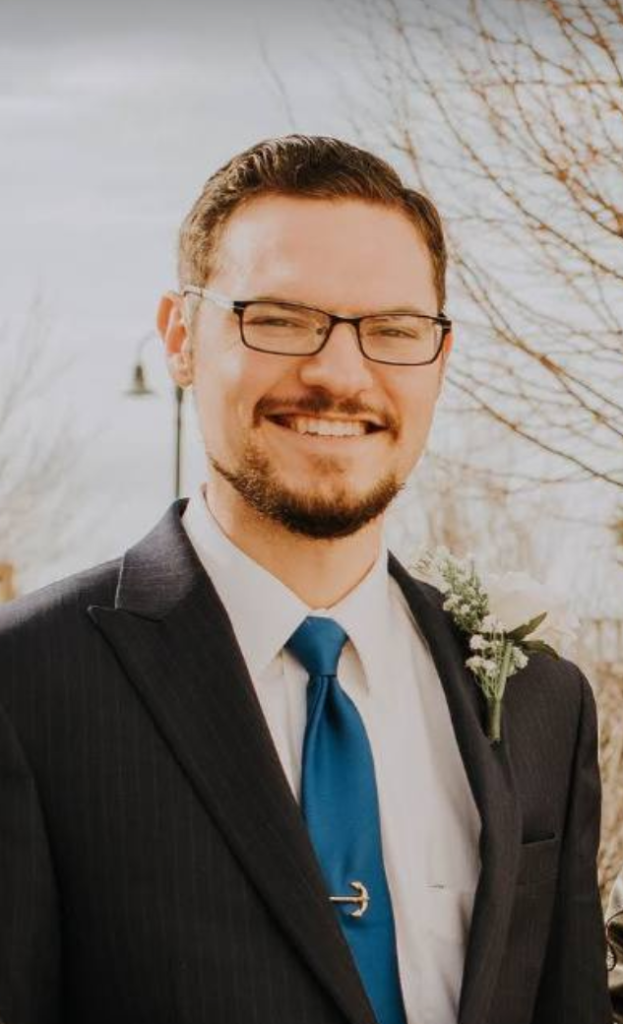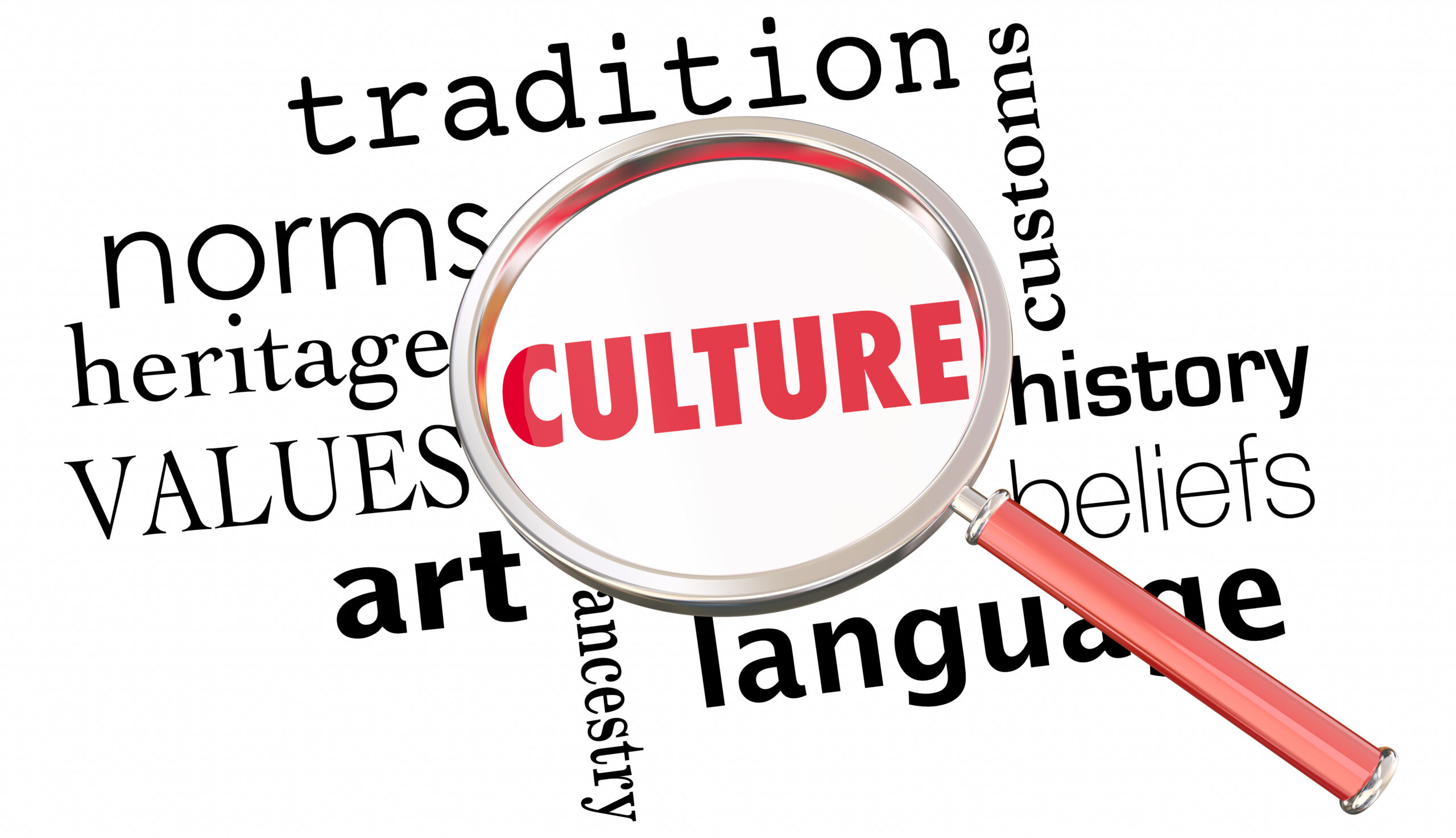June 25, 2022
by Matthew Sailors
Awakened, Violently
No childhood nightmare ever shook me as did the atrocity that happened on May 24, 2022, in Uvalde, Texas. My family and I lived on a ranch in Uvalde County and enjoyed the peace and safety of the nearby communities. So I cannot imagine how earth-shattering the recent mass killing of 19 students and 2 teachers at Robb Elementary School must have been to the quiet life of that small Texas town. That day, I was stunned by the surreal shock that enshrouded me. While I didn’t know the victims personally, I talked with friends who did, and another who received the wounded and dying at a regional hospital. Their heart-wrenching stories continue to haunt me.
As I emerged from the gloom in the days that followed the massacre, my grief turned into guilt, anger, and finally resolve. I saw how unacceptable it is that I and other Americans have grown desensitized to school shootings – 2,032 and counting since 1970. I determined to
understand why America has this unique problem with school violence and mass shootings, and what we can do about it.
Our Culture Is What’s Killing Us
You may agree that we need to wake up and stand for change. “But,” you may say, “real change can’t happen when citizens are polarized and Congress is gridlocked.” I hope to show you how the menace of school violence is about so much more than politics. My research has convinced me that the most effective way to reduce school violence is to change the broader culture that fosters it. Let me explain what I mean.
Every doctor knows that to cure an illness, you must treat its cause rather than just treating its symptoms. Similarly, narrowly focusing on any single factor affecting school violence in America – such as gun control, mental illness, bullying, etc. – would be like trying to fight smallpox by putting Band-Aids on individual sores. That’s what many of us are doing – seeking symptom-focused answers that reflect our Western cultural bias to isolate issues from their social context rather than look at the bigger picture.
Social science helps reveal that bigger picture. Writing in the peer-reviewed American Journal of Emergency Medicine, one team of scholars reviewed many academic studies identifying contributing factors for school violence, “including but not limited to mental illness, suicidal ideation, intimate partner violence, socioeconomic status, community distress, family life, childhood trauma, current or previous substance abuse, and firearm access.” Clearly, violence springs from a mixture of culturally embedded causes rather than from any isolated factor. This tells me that our culture is what’s killing us.
“But,” you may object, “saying our culture is the problem is too broad. What’s wrong with it specifically?” Let’s look at that.
Traditional societies believe, as philosopher Edmund Burke said, that “the restraints on men, as well as their liberties, are to be reckoned among their rights.” In other words, in a safe and sustainable society, every freedom must be limited by moral, social, and even legal restraints. Cultures that seek this balance tend to suppress mass shootings, like in the Philippines where guns of all types are plentiful, yet where American-style massacres are almost unheard of. Heavily armed but peaceful Switzerland is an even better example of culturally balancing rights with responsibilities.
More broadly, values of community and morality are opposed to the extremes to which we Americans have taken our secular individualism. Our cultural excesses are estranging us from spirituality and from each other. Commentator David Brooks concurs, saying America
faces a cultural “crisis of solidarity, a crisis of segmentation, spiritual degradation and intimacy.”
In contrast to this prevailing culture of rights, as I call it, a culture of responsibility would impel each of us to be our “brother’s keeper” for the troubled and marginalized, such as those who are mentally distressed, poor, estranged, abused, or bullied. In such a culture, the Uvalde shooter would have not only been flagged, but rehabilitated with healing care and therapy, long before he armed himself.
Promoting a Culture of Responsibility
My hypothesis is grounded in social science evidence that “[social] connectedness
reduces initial incidents of violence, buffers the effect of violence exposure, and promotes an anti-bullying culture.” It harmonizes with moral psychologist Jonothan Haidt’s findings that robust happiness comes, not “from within,” but “from getting the right relationships between yourself and others… your work… and something larger than yourself.” If we want to increase our overall well-being and decrease bloodshed, we Americans must reconcile our belief in personal autonomy with respect for communal, familial, and moral duties. There are three actions we can all take to do this:
- Practice a culture of responsibility in your own lives, families, and community. Be a good neighbor. Find ways to serve your community through churches, charities, schools, and other civic organizations, and bring your family with you!
- Organize, teach, and promote a culture of responsibility among others. Learn of the risks in your community, raise awareness, be involved in your schools, and hold your public servants accountable. You might even need to become a public servant yourself!
- Accept and promote those legal limitations on personal rights which are proven necessary for the safety and well-being of society. An example would be those laws which impose restrictions on who can access guns rather than less effective regulations on guns themselves. Multiple studies have shown that access restriction laws work together to help reduce gun-related violence by up to 35% while preserving individual rights for sane, moral, responsible adults. If such laws had been in effect and enforced in Texas, Robb Elementary School would likely not be missing 21 souls today.
Changing our culture seems daunting. But it can be done if we act unitedly. We owe it to each other and future generations to do so.
References
Brooks, D., as quoted in Schulten, K. (2016). Are we too isolated from each other? The New
York Times. Nytimes.com. https://www.nytimes.com/2016/10/20/learning/are-we-too- isolated-from-each-other.html
Brueck, H. (25 May 2022). Switzerland has a stunningly high rate of gun ownership – Here’s
why it doesn’t have mass shootings. Business Insider. Businessinsider.com. https://www.businessinsider.com/switzerland-gun-laws-rates-of-gun-deaths-2018-2
Clifford, C. (11 April 2019). Happiness expert: These are the 3 things that make lasting
happiness (and the mistakes people make). CNBC.com. https://www.cnbc.com/2019/04/11/nyus-jonathan-haidt-formula-for-lasting-happiness- and-purpose.html
Colarossi, J., & MCalpine, K. J. (2019). The FBI and CDC datasets agree: Who has guns—
not which guns—linked to murder rates. The Brink. Boston University. https://www.bu.edu/articles/2019/state-gun-laws-that-reduce-gun-deaths/
De Guzman, C. (15 June 2022). One surprising theory why the philippines has very few
mass shootings—despite easy access to lots of guns. Time. Time.com. https://time.com/6186982/philippines-guns-mass-shootings/
Merali, Z. (2005). Westerners and easterners see the world differently. The New Scientist. Newscientist.com. https://www.newscientist.com/article/dn7882-westerners-and- easterners-see-the-world-differently/
Sanchez, C., Jaguan, D. Shaikh,j S., McKenney, M., & Elkbuli, A. (2020). A systematic review of the causes and prevention strategies in reducing gun violence in the United States, The American Journal of Emergency Medicine. 38(10), 2169-2178, https://doi.org/10.1016/j.ajem.2020.06.062.
Sandy Hook Promise. 16 facts about gun violence and school shootings. Sandyhookpromise.org. https://www.sandyhookpromise.org/blog/gun-violence/16-facts-about-gun-violence-and- school-shootings/
Shochet, I., & Smith, C. (2012). Enhancing school connectedness to prevent violence and promote well-being. In Mayer, M J, Furlong, M J, Jimerson, S R, & Nickerson, A B (Eds.) Handbook of School Violence and School Safety: International research and practice. Routledge, United States, pp. 475-486. https://eprints.qut.edu.au/48506/
The Texas Tribune. (9 June 2022). What we know, minute by minute, about how the Uvalde shooting and police response unfolded. Texastribune.org. https://www.texastribune.org/2022/05/27/uvalde-texas-school-shooting-timeline/
____________________________________________________________________________________


